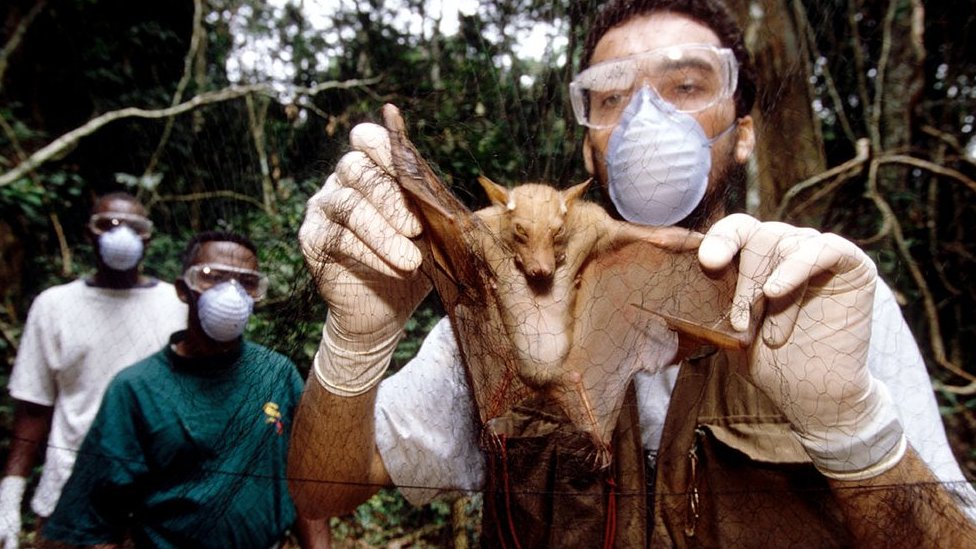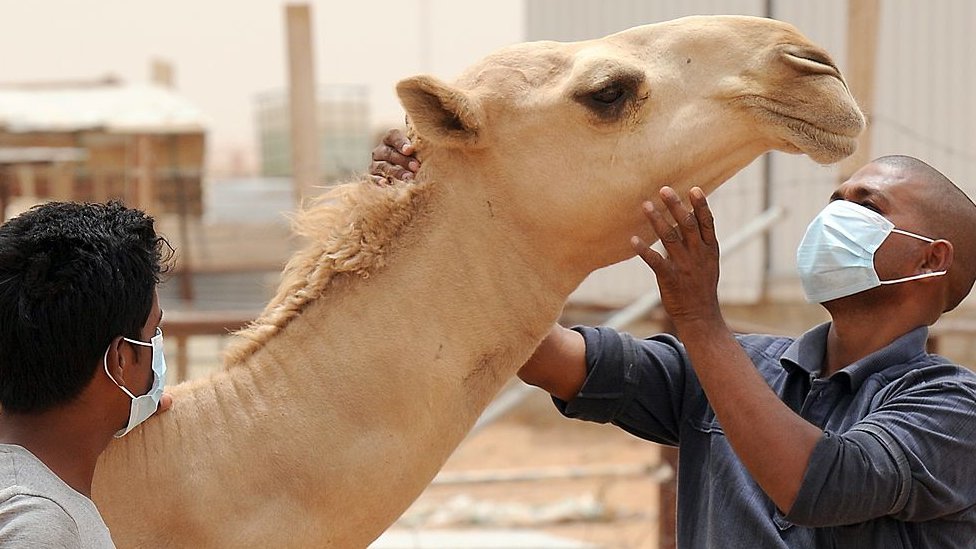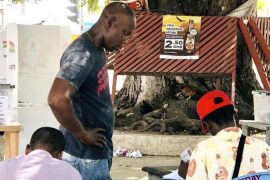
We don prepare “perfect storm” for disease wey dey affect wildlife to start to dey affect pipo and go spread worldwide, according to scientists.
Dis na as world health sabi pipo dey study how new disease dey come and dem find say e fit be di way humans dey enta and scata di natural world.
- See WHO new advice ontop di use of facemask
- Why African Development Bank approve 111. 7 billion loan to Nigeria – See wia di money go enta
Scientist for University of Liverpool to develop system wey go fit predict which wildlife sicknesses dem fit affect human being.
‘We bin dodge five bullets’
“For di last 20 years, six ogbonge health threats don hit us: Covid-19, SARS, MERS, Ebola, bird influenza and swine flu, we dodge five of dem, but di sixth one catch us wella,” na wetin Prof Matthew Rawlins from di University of Liverpool tell BBC.
“And e no go be di last pandemic we go face, so we need to chook eye wella put wildlife.”
On top dis levels, Baylis and im colleagues dem don create system wey fit find clues for databases of all di wildife diseases wey dem know, to determine weda any one of dem fit affect man.
Di plan na say if dem flag down anytin, scientists go fit start to dey research preventions or treatment before any outbreak happun.

Prof Baylis say, “e go be anoda step to find out which kain disease go fit cause anoda pandemic, but for now we dey make progress with di first step.”
Lessons from lockdown
Many scientists gree say our behaviour. most especially deforestation dey make am easy pass before for animal disease to transfer enter human beings.
Prof Kate Jones from University College London say evidence “dey suggest say ecosystems wey human beings form wey no get beta biodiversity like di ones dem dey use create plantations dey increase human being risk for plenti infections.”
She say no be so or every kain disease but “animals wey fit survive human disturbance like rodents dem go fit carry and spread diseases.”
And evidence of some outbreaks dey wey show how destruction of wildlife dey create dis kain palava.
Like when di first outbreak of Nipah virus for 1999 for Malaysia wey fruit bats carry give pigs for farm wey near forest.
Di virus kill 100 of di 250 pipo e catch wey bin dey work for di pig farm.
As we dey look stats, di fatality rate of cornavirus na 1%, Nipah death rate a 40-75%.
Sabi pipo dey warn say dis present crisis na lesson on top how wetin we dey do dey impact di natural world.







